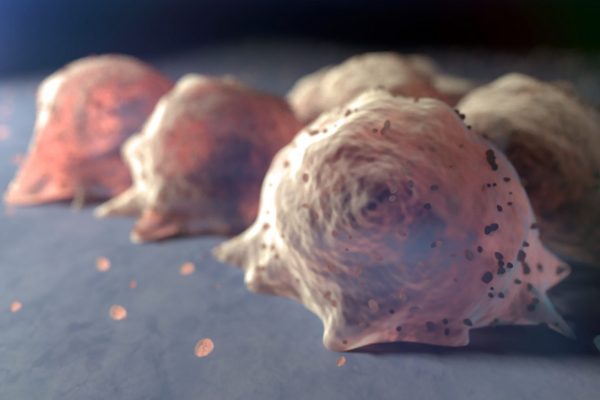
Spanish researchers have reported that the use of post-transplantation cyclophosphamide (PTCy) with tacrolimus (TK) is effective and safe prophylaxis for graft-versus-host disease (GVHD) disease in older patients (50 years and above) with blood cancers. The findings of this study were recently reported in the journal Transplantation and Cellular Therapy.
PTCy prophylaxis for the prevention of GVHD is becoming prevalent in transplantations. However, there is a lack of data about its safety and efficacy among older patients. Towards this, the Spanish researchers have conducted a retrospective study comparing the outcomes of PTCy-TK prophylaxis with conventional GVHD prophylaxis in patients who are 50 years and older and undergoing blood allogeneic hematopoietic stem cell transplantation (alloHSCT).
The single-institution (Hospital clinic de Barcelona, Spain) retrospective study included 161 patients (50 years and older) with haematological malignancies who underwent alloHSCT from siblings between January 2014 and February 2021. Most participants were males (55.3%) with a median age of 60 years. The disease profile of all the patients included acute myeloid leukaemia (36.0%), myelodysplastic syndrome or chronic myelomonocytic leukaemia (31.8%), and low to moderate disease risk (65.2%). The study compared disease outcomes of PTCy-TK (n=88) with other prophylaxis regimens (n=78).
Patients in the PTCy-TK group had a superior GVHD or relapse-free survival versus other regimens (50.2% vs 21.8%; P <.001) along with comparable 2-year overall survival (65.4% vs 65.6%), and relapse-free survival (58.4% vs 58.8%). Further, the use of PTCy-TK reduced the risk for grade II-IV acute GVHD (hazard ratio [HR], 0.32; P =.014), chronic GVHD (HR, 0.43; P =.013), and moderate to severe chronic GVHD (HR, 0.10; P <.001). However, the PTCy-TK recipients had higher rates of bloodstream infection (16.5% vs 4.3%; P =.015), mucositis (35.2% vs 19.1%; P =.024), and BK-virus-associated haemorrhagic cystitis (11.4% vs 2.7%; P =.038).
The findings of the retrospective analysis demonstrate the superiority of PTCy-TK prophylaxis for patients receiving stem cell transplants. Future studies with larger cohorts are needed to further investigate the efficacy and safety of this promising prophylaxis regimen.
Reference